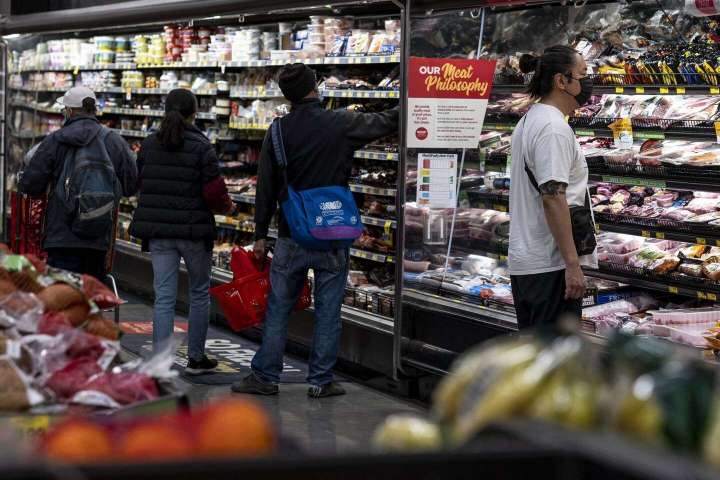The Federal Reserve is expected to hike interest rates by three-quarters of a percentage point on Wednesday, in the latest push to rein in inflation that remains at 40-year highs, is threatening the overall economy, and is weighing on families and businesses nationwide.
Fed poised to hike rates by three-quarters of a percentage point to fight inflation

“The Fed is now stuck between a rock and a hard place, with no easy way out without the economy feeling pain,” Diane Swonk, chief economist at KPMG, wrote in an analyst note this week. “Fed Chairman [Jerome H. Powell] has started to underscore that reality by admitting a recession could occur.”
Interest rates are the Fed’s most important tool for combating inflation. Higher rates make a range of lending — including mortgages and business loans — more expensive and are designed to cool demand in the economy.
The Fed’s work has already started slowing down parts of the economy. Chief among them: The run-up in rates is taming the housing market, as prospective buyers walk away from costlier mortgages. Home sales are falling in a few markets.
A cool-down is apparent in other parts of the economy as well. Several major tech companies have taken a hit, with Netflix, Tesla and Coinbase all announcing job cuts or hiring freezes. On Tuesday, both Google parent Alphabet and Microsoft reported slower growth in earnings reports. GM, one of the nation’s largest automakers, reported far lower profits, with CEO Mary Barra warning the company is working to reduce spending and limit hiring.
Yet the scorching June inflation report showed the Fed has more work to do. Inflation is falling hardest on vulnerable families with no room to stretch their budgets. Higher prices for milk, gas or clothing also sour people’s sense of how the economy is working for them, weighing on consumer sentiment and opening the door for people to change their own spending behavior, and make inflation even worse.
The glum economic mood — especially around gas prices — also poses a huge political issue for the Biden administration going into the midterm elections. Republicans blame Democrats’ stimulus efforts from earlier in the pandemic for supercharging the economy, and along with some moderate Democrats, resist more federal spending, including on the White House’s social spending proposals.
The Fed’s interest rate decision comes as economists and policymakers already fear that the economy is headed toward a recession. Second-quarter GDP figures will be released Thursday, and there’s a chance that the economy will have actually shrunk, as it did in the first quarter. Two consecutive quarters of negative growth usually signal a recession.
At the same time, a host of other signs suggest the United States isn’t in a recession. The job market is still growing overall, despite pockets of the labor market beginning to show some cracks. Consumers are still spending, especially on services. Businesses aren’t showing signs of widespread layoffs.
The Fed’s goal is to cool the economy in a way that reduces demand for new hires but does not cause employers to pull back so much that unemployment surges. The glaring problem is that the Fed cannot pull that off with any precision. The Fed’s economic forecasts show the unemployment rate rising a bit as interest rates go up — meaning that some workers will lose jobs under the current plan to raise interest rates.
“We don’t seek to put people out of work, of course,” Powell said at a news conference in June. “We never think, ‘Too many people are working, and fewer people need to have jobs.’ But we also think that you really cannot have the kind of labor market we want without price stability.”
Powell will appear at a news conference at 2:30 p.m. Eastern time, where he is expected to take questions on inflation, the job market, recession risks and the Fed’s future rate hike plans.
Back in June, when the Fed hiked rates by three-quarters of a percentage point, it marked the sharpest action taken by the central bank since 1994. The Fed also raised rates by half a percentage point in May, and a quarter of a percentage point in March.
Now, another increase of three-quarters of a percentage point would put the Fed’s benchmark rate in a range of 2.25 to 2.5 percent, around what is considered “neutral” territory, when rates aren’t intended to juice or slow the economy outright.
The Fed has signaled that three more rate hikes are coming this year, though Fed leaders routinely say that the size of upcoming hikes will depend on the most recent data.






